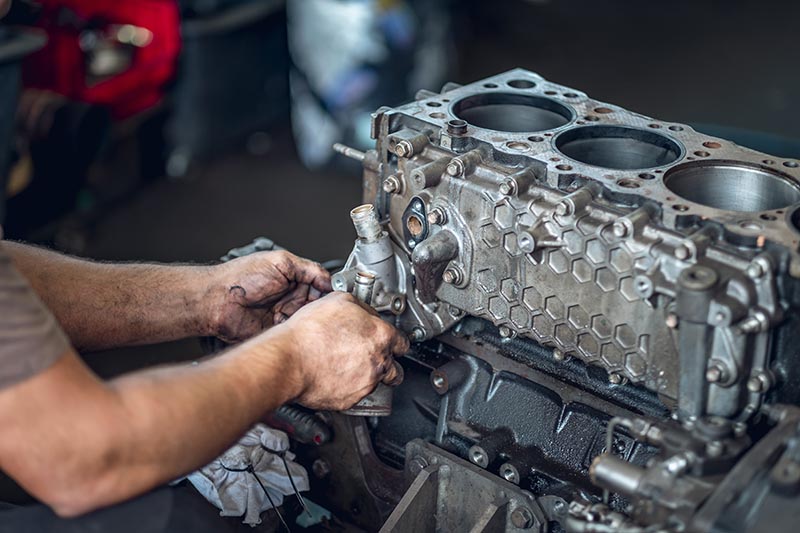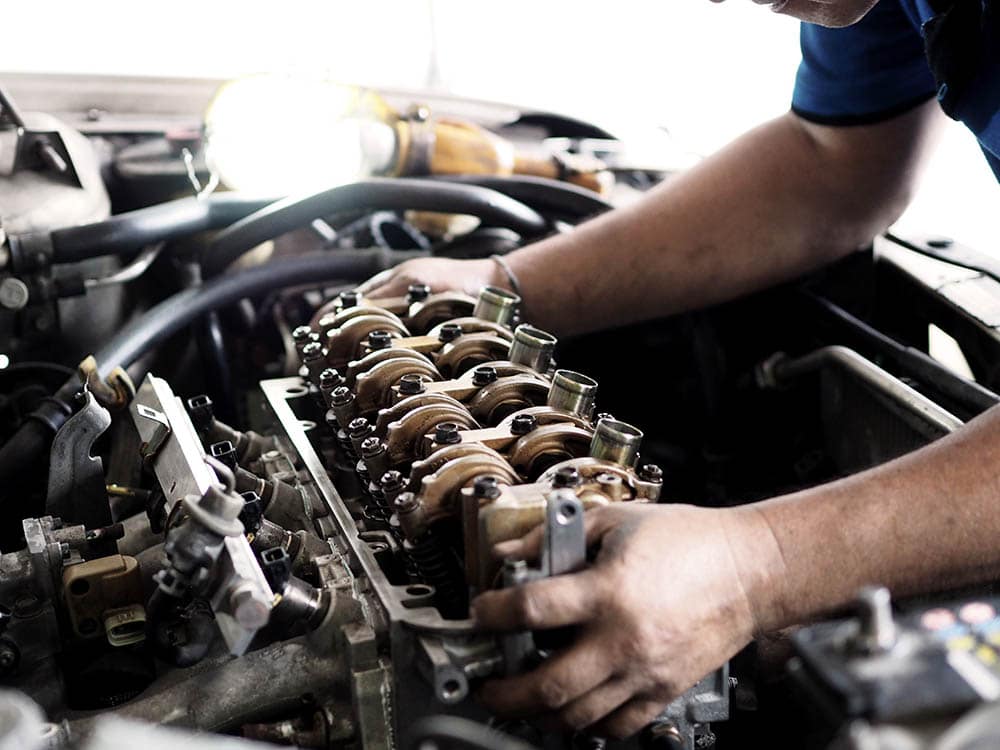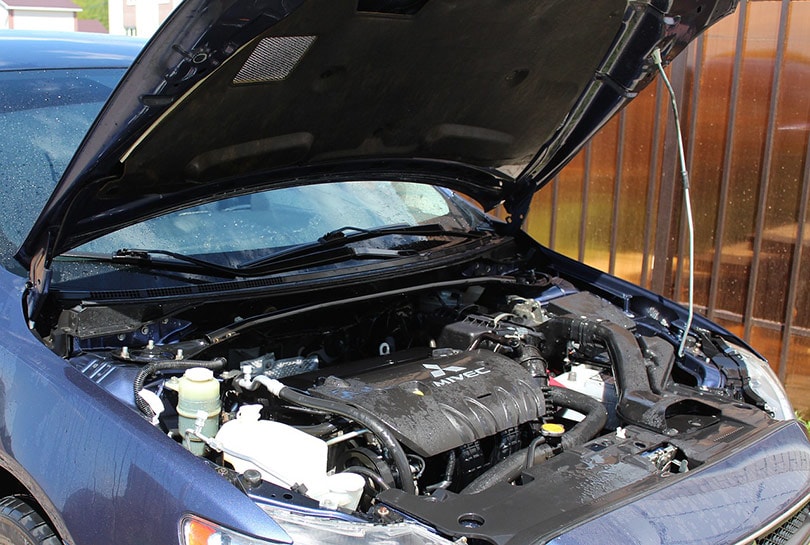Short Block vs Long Block Engine: Pros, Cons, & Differences
-
Pete Ortiz
- Last updated:

In the automotive world, many terms get thrown around, and it can be difficult to keep track of all of them. Two terms you might have heard before are “short block” and “long block” engines. But what exactly is the difference between the two?
In this guide, we’ll be taking an in-depth look at short block versus long block engines and explaining their key differences. By the end, you should have a much better understanding of which type of engine is right for your needs.
Overview of Short Block Engine
A short block engine is an internal combustion engine that includes the cylinder block and crankcase but not the cylinder heads. In other words, a short block engine is an engine that doesn’t include the “top half” of the engine.
This means that a short block engine will not have the intake and exhaust valves, fuel injectors, spark plugs, and other components that are found in the cylinder head.

A short block engine is often used in situations where the cylinder heads need to be replaced or repaired, but the rest of the engine is still in good condition. This can save money since it’s usually less expensive to replace just the cylinder heads than it is to replace the entire engine.
A short block engine can also be used in custom applications where a different type of cylinder head is desired. For example, a V8 engine could be built using a short block with four-cylinder heads from another engine. This would give the V8 engine more airflow and, therefore, more power.
- Can save money if cylinder heads need to be replaced
- Can be used in custom applications for more power
- Doesn’t include cylinder heads, so intake and exhaust valves, fuel injectors, and spark plugs must be sourced separately
Overview of Long Block Engine
A long block engine¹ is a type of internal combustion engine that includes the cylinder block, crankshaft, connecting rods, and pistons. It also generally includes a camshaft, timing gears and chain or belt, cylinder heads, and valve trains. These components are typically produced separately and then assembled into a complete engine.
A long block engine is often used in applications where the engine will be subject to high loads or extreme conditions, such as race cars or heavy-duty trucks. They are also sometimes used in situations where it is desirable to have a more modular approach to engine construction, such as when building an engine from scratch.

One advantage of the long block approach is that it allows for more accurate assembly of the engine. This is because all of the major components are machined to very tight tolerances before being assembled. This results in increased reliability and performance, as well as reduced vibration and noise.
- More accurate assembly
- Increased reliability and performance
- Reduced vibration and noise
- More expensive than short block engines
- Can be more difficult to work on due to the increased number of parts
What Are the Differences?
The major difference between a short block and long block engine is the cylinder heads. A short block only includes the lower part of the engine (the block, crank, rods, and pistons). A long block includes the heads as well.
This means that a long block is a more complete engine, ready to be installed in a vehicle. A short block will require the addition of cylinder heads before it can be used.
Another difference between these two types of engines is that a long block typically costs more than short blocks. This is because the long block includes more parts and therefore costs more to manufacture. However, this cost difference is not always significant, so it is important to compare prices before making a purchase.
Finally, short blocks are often easier to find than long blocks. This is because they are produced in larger quantities and by more manufacturers. Long blocks are less common and may be difficult to find if you are looking for a specific model or brand.

Which Is Right for You?
Choosing a short block or long block engine depends on your needs and budget. A long block is the best option if you need a complete engine ready to be installed.
If you are working with a limited budget or only need the lower part of the engine, then a short block may be a better choice. Ultimately, it is important to compare prices and find the option that best meets your needs.
Conclusion
In conclusion, the main difference between a short block and a long block engine is the length of the crankshaft. Short block engines have shorter crankshafts, while long block engines have longer crankshafts.
Short block engines are typically used in smaller vehicles, such as cars and motorcycles, while long block engines are typically used in larger vehicles, such as trucks and buses. There are several other differences between these two types of engines, but the length of the crankshaft is the most significant.
Featured Image Credit: (L) Jackfoto, Shutterstock | (R) sspopov, Shutterstock
Contents


